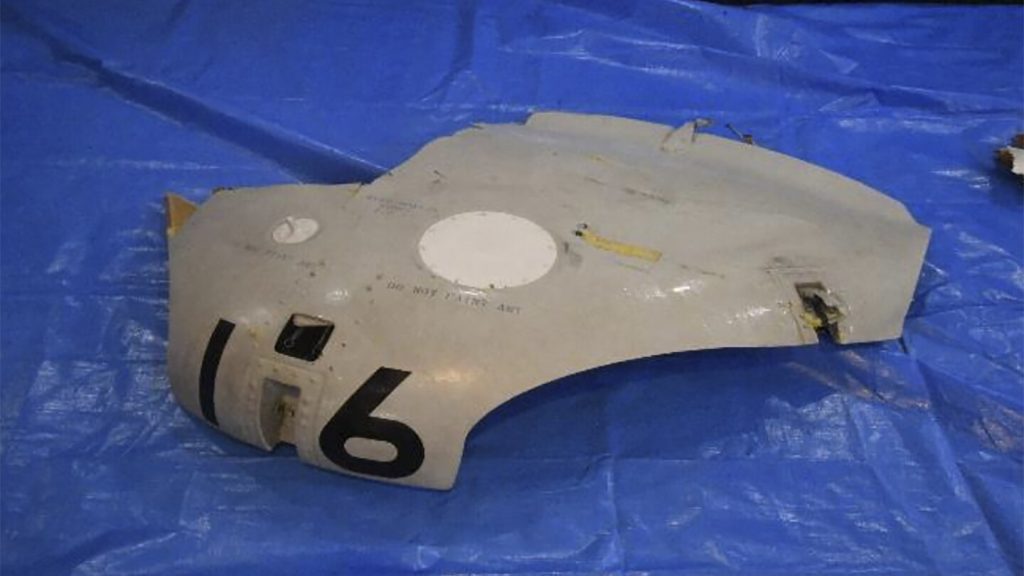An initial analysis of flight data recorders recovered from the crash of two Japanese navy helicopters showed no sign of mechanical problems, Japan’s defense minister said Monday, indicating likely human error. One crew member died, and a search is ongoing for the seven others. Defense Minister Minoru Kihara stated that there was no abnormality in the data from the flight recorders, suggesting that mechanical failure was not the cause of the crash. The two SH-60K reconnaissance helicopters lost contact during nighttime anti-submarine training near Torishima island, and the search for the missing crew is complicated due to the depth of the crash site.
Officials believe that the two helicopters likely collided due to coming too close to each other. The flight data recorders from both aircraft were found in close proximity, along with fragments from the helicopters, indicating a crash at the same spot. The helicopters involved were modified Seahawks produced in Japan by Mitsubishi Heavy Industries. Japan has been strengthening its military capabilities under its 2022 security strategy, especially in the southwestern Japanese islands, to counter threats from China’s military assertiveness. The crash highlights the risks involved in military operations and the need for strict adherence to safety measures.
The nighttime anti-submarine warfare training that led to the crash involved only the Japanese navy. Previous incidents involving Japanese navy helicopters, such as a crash in 2017 due to human error and a minor collision in 2021, have prompted the navy to introduce safety measures to prevent such accidents. The crash in 2021 was attributed to mechanical failure in the US Navy. The joint drills conducted by Japan with the United States and other partners indicate the importance of military cooperation in the region to maintain security and stability.
The tragic incident emphasizes the dangers faced by military personnel during training exercises and underscores the importance of stringent safety protocols to prevent accidents. The loss of a crew member and the search for the missing personnel highlight the risks involved in military operations, especially in challenging environments such as nighttime training at sea. The crash of the Japanese navy helicopters raises questions about the effectiveness of safety measures and the need for continuous improvement to prevent such tragic events in the future.
The recovery efforts for the missing crew and the wreckage of the helicopters are ongoing, with the challenging conditions at the crash site making the operation difficult. The depth of the seabed where the helicopters crashed adds to the complexity of the search and recovery mission. As Japan continues to enhance its military capabilities and conduct joint exercises with its partners, ensuring the safety of its personnel and equipment remains a top priority. The investigation into the cause of the crash will be crucial in determining any lapses in safety procedures and implementing necessary changes to prevent similar incidents in the future.


